Self-Publishing versus Traditional Publishing
These days, writers who want to get their book published have options. Traditional publishing is still a popular choice, but many are now turning to self-publishing instead. While the result of traditional publishing and self-publishing is the same—a published book—there are significant differences between them that will affect your decision to pursue one or the other.
Traditional Publishing
In traditional publishing, the author completes his or her manuscript and submits it to a publishing company, often called a publishing house. An editor reads the manuscript (or it goes into the slush pile) and chooses to either reject it or publish it. If the editor decides to publish the book, the company usually buys the rights from the writer and pays him or her an advance on future royalties. Then the publishing house puts up the money to edit, design, package, print, market and sell the finished book. The writer gives up control of the process but doesn’t have to cover the expenses of publishing.
Self-Publishing
Self-publishing, in comparison, is a relatively new form of publishing. The writer essentially becomes the publisher when they choose to self-publish their manuscript. The self-publishing author is responsible for a much greater range of tasks (and the related expenses) than authors who publish through publishing companies. They must take care of the editing, design and printing, marketing and distributing the book, running advertising campaigns, and anything else necessary to sell their book. But unlike with traditional publishing, self-publishing authors maintain control of the entire process.
Some of the key differences between traditional publishing and self-publishing that can help inform your decision are time, money, and control of the process.
Time
If a publishing company selects your book, which isn’t a guarantee, it can take years for your book to get from manuscript to the shelves of bookstores. With self-publishing, however, the book can be produced in a matter of months. Self-publishing service companies like NWA Publishing set their production timelines so you’ll have your finished book as quickly as possible and on your own terms.
Money
While publishing companies provide the money for the publishing your book, you are responsible for financing the publication of your book if you choose the self-publishing route. This is an investment, but comes with advantages. With NWA Publishing, you earn 100% of the profits because we never ask for royalties or a percentage of the book sales. In addition, you can set the price for your own book when you start to sell it.
Control
Unlike authors who publish their books with publishing companies, self-publishers are in control of the entire process and know their book is being produced the way they want it to be. If you choose to self-publish, you keep the rights to your book and get to dictate the terms of publishing. In traditional publishing, authors usually waive their rights to the book and have little or no say in how their book is produced.
There are advantages and disadvantages to each option, but the self-publishing route doesn’t mean you have to do everything yourself. Visit http://www.nwapublishing.com/ to find out more about how we can help you navigate the your self-publishing process.



